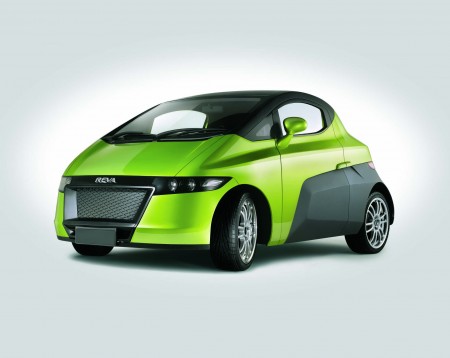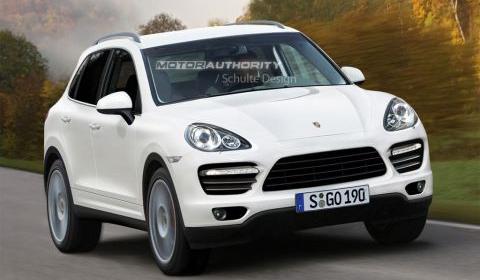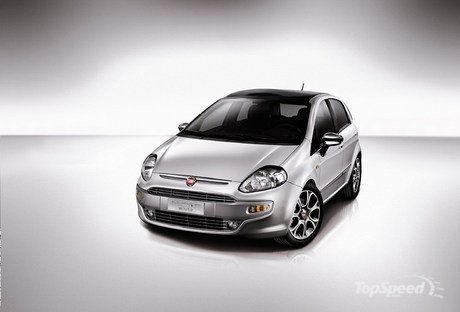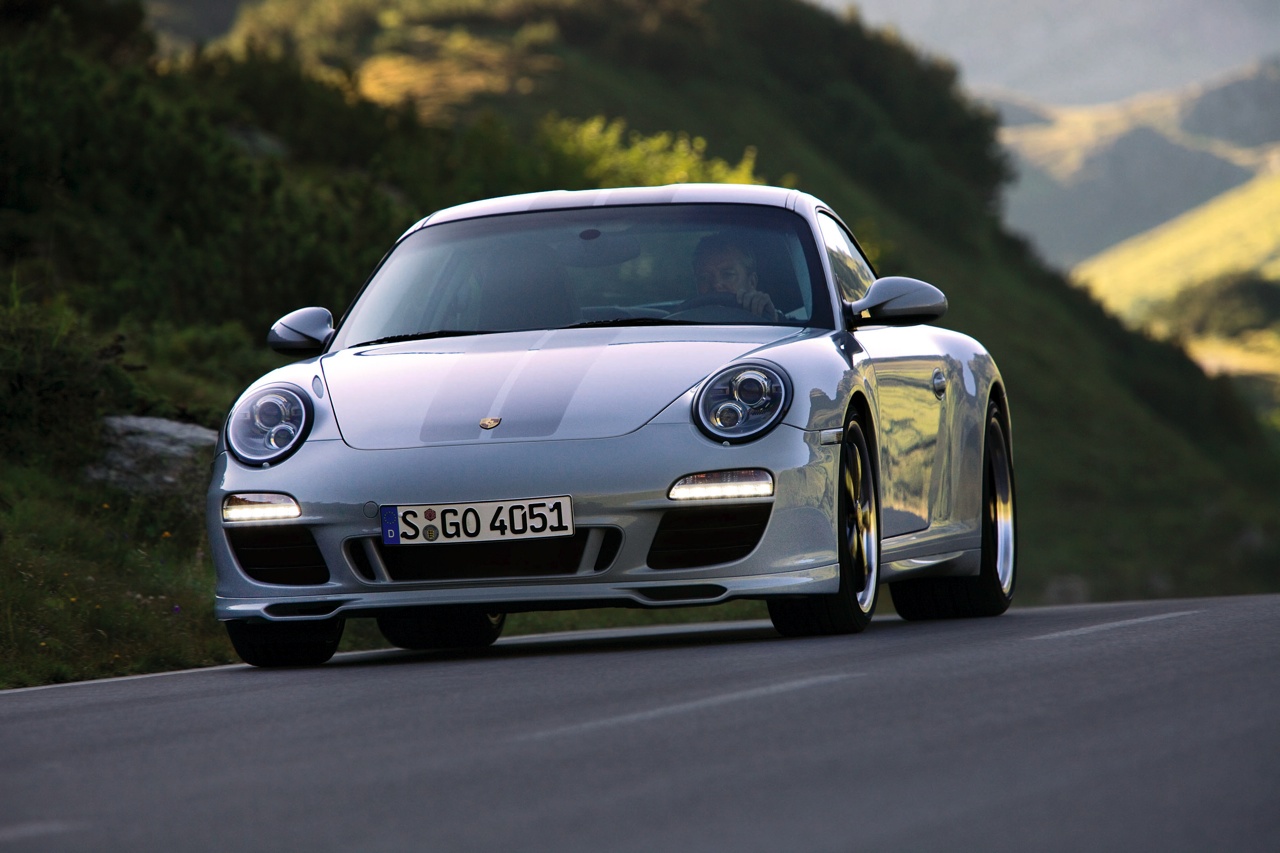Some cars are so beautifully designed and exquisitely engineered that they transcend mere transportation to become works of art. They are rolling sculptures, and to see them is to think, “That car belongs in a gallery.”
Curators at the High Museum of Art in Atlanta agree. The museum is hosting an exhibition to celebrate automotive design, and it has gathered a very impressive assortment of cars. The Allure of the Automobile, which opens Sunday and runs through June 20, features 18 vehicles created in what could be called the golden age of design, from the early 1930s through the early 1960s.
The vehicles range from a 1933 Pierce Silver Arrow to a 1961 Ferrari 250 GT. Each is presented in the context of the Art Moderne and Postwar Modernity movements, and they all have a timelessness that goes beyond mere craft to become art.
Take, for example, the 1938 Alfa Romeo 8C2900B Touring Berlinetta shown above. Phil Hill, America’s first world champion driver, said of this car, “If that doesn’t get your heart racing, then you don’t have any blood in you.” Who are we to argue? The Touring Berlinetta exudes strength and refinement and finely shaped design that is hard to equal, let alone surpass.
Now look at the 1961 Aston Martin DB4 GT Zagato. An Italian body with a British heart. Sleek, yet muscular; refined, yet designed for the track. Though the design looks simple at first, the longer you look at it, the more you see. Like all good art.
The 1959 Chevrolet Corvette “Bill Mitchell” Stingray prototype is a show car that made it, more or less, into production when the second-generation Corvette rolled out in 1963. Mitchell replaced the legendary Harley Earl as GM’s vp for styling in 1958, and he traded Earl’s bulbous styling for sculpted designs. This car blends the classic lines of European sportscars with the futuristic cues popular among American automakers in the 1950s to create a car that still looks fresh.
Pick just about any Ferrari from the 1950s and ’60s and it’s a stunner. And the 250 SWB (for short wheelbase) Berlinetta is one of the prettiest. The car (this one is a 1961 model) is among the most important GT race cars ever and one of the most beautiful. Styling is often secondary to function in auto racing, but the 250 SWB is an example of form and function coming together in harmony.
This is the 1937 Mercedes-Benz 540K Special Roadster. It was Mercedes’ flagship vehicle, and no expense was spared. It perfectly represents the art deco styling of its era, and with a supercharged engine (the “K” stands for “kompressor”), it was as powerful as it was sleek. Even a car as old as a 1937 Mercedes can look thoroughly fresh if it’s designed right, and everything about this car was done right.
This little brute is the 1953 Porsche 550 Le Mans/La Carrera Panamerica Coupe, and it has a very impressive racing history. It also has very impressive styling. Although many automakers design cars to look streamlined, the 550 coupe is streamlined. It was designed with an eye toward maximum aerodynamic efficiency. It’s another example of form and function coming together beautifully in a timeless design that can be seen today in the Cayman and Boxster.
UPDATE 8:30 a.m. Eastern, March 20: Many of you are asking why one car or another isn’t listed. The answer is because these are the only photos from the exhibit the High Museum of Art provided to us. Though we agree the Talbot-Lago T150C SS is stunning, it is not included in the exhibit. Don’t ask us why; perhaps the museum couldn’t find anyone willing to loan it one. Here’s a full list of the cars in the exhibit; if there’s something you think should have been included, list it in the comments.
- 1933 Pierce-Arrow Silver Arrow
- 1934 Packard Twelve Runabout Speedster
- 1935 Duesenberg JN Roadster
- 1937 Mercedes-Benz 540 K Special Roadster
- 1937 Bugatti Type 57S Atalante Coupe
- 1937 Delage D8-120S
- 1937 Hispano-Suiza H-6C “Xenia” Coupe
- 1938 Alfa Romeo 8C2900B Touring Berlinetta
- 1938/39 Porsche Type 64 Coupe (replica)
- 1948 Tucker Model 48 Torpedo
- 1953 Porsche 550 Le Mans/La Carrera Panamerica Coupe
- 1955 Mercedes-Benz 300SLR (W 196-S)
- 1954 Dodge Firearrow III Concept Coupe
- 1957 Cadillac Eldorado Brougham
- 1959 Chevrolet Corvette “Bill Mitchell” Stingray Prototype
- 1957 Jaguar XKSS Roadster, formerly owned by Steve McQueen
- 1961 Aston Martin DB4 GT Zagato
- 1961 Ferrari 250 Short-Wheelbase Berlinetta, aka the “SEFAC Hot Rod”
Photos: High Museum of Art
 08.36
08.36
 FIQIH TABAH .A.
FIQIH TABAH .A.





























































